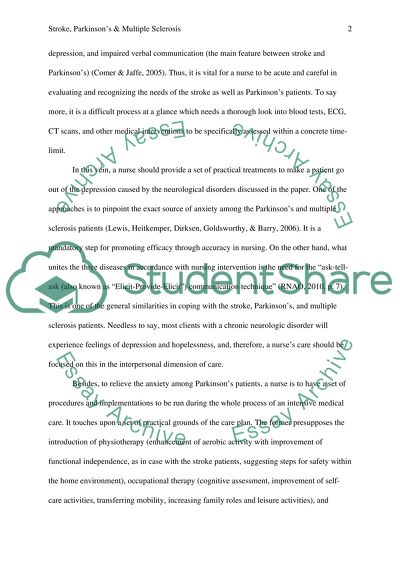Cite this document
(“Critical Thinking and Comparative Essay Example | Topics and Well Written Essays - 1250 words”, n.d.)
Retrieved from https://studentshare.org/nursing/1427443-critical-thinking-and-comparative-essay
Retrieved from https://studentshare.org/nursing/1427443-critical-thinking-and-comparative-essay
(Critical Thinking and Comparative Essay Example | Topics and Well Written Essays - 1250 Words)
https://studentshare.org/nursing/1427443-critical-thinking-and-comparative-essay.
https://studentshare.org/nursing/1427443-critical-thinking-and-comparative-essay.
“Critical Thinking and Comparative Essay Example | Topics and Well Written Essays - 1250 Words”, n.d. https://studentshare.org/nursing/1427443-critical-thinking-and-comparative-essay.


